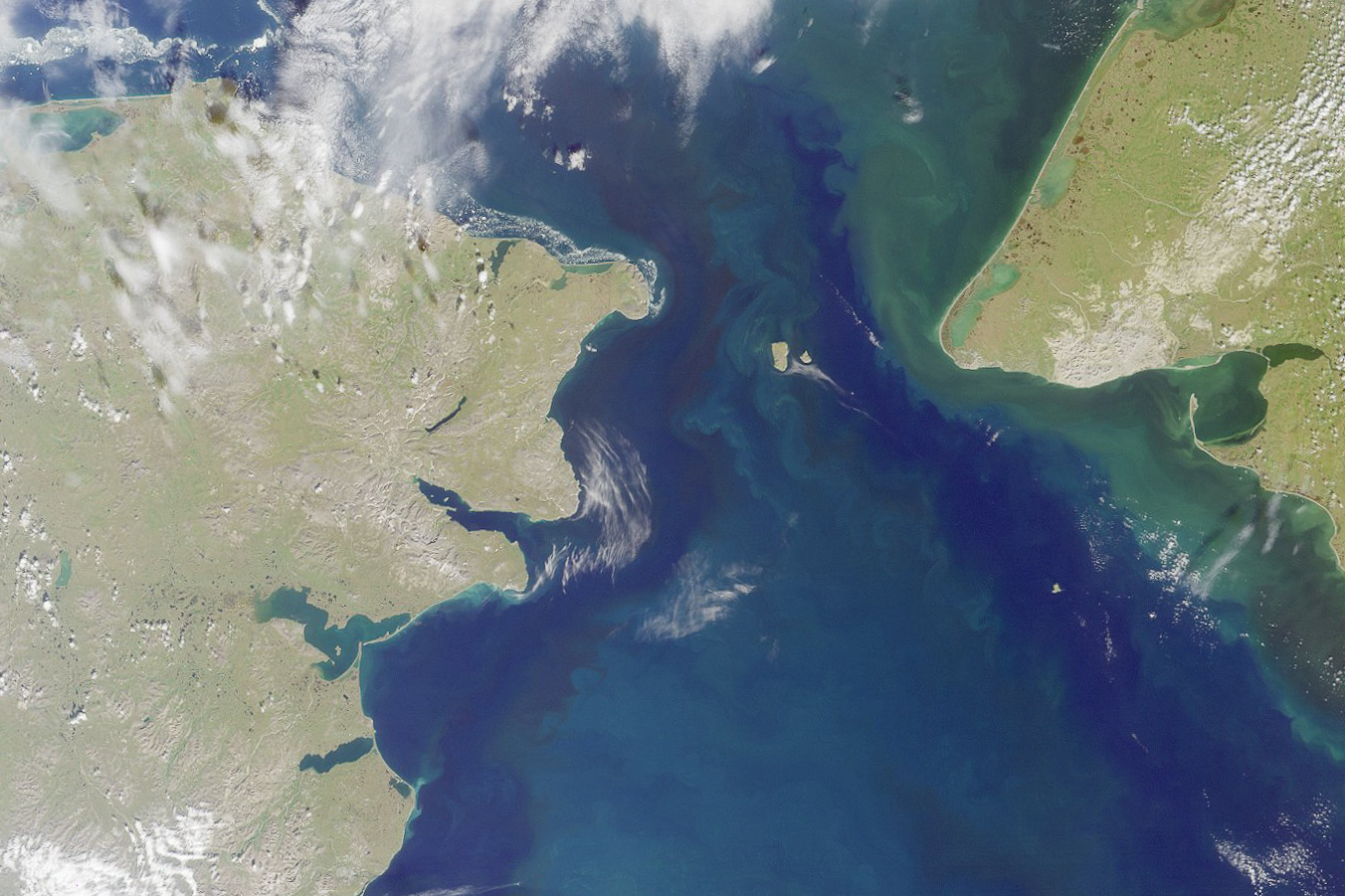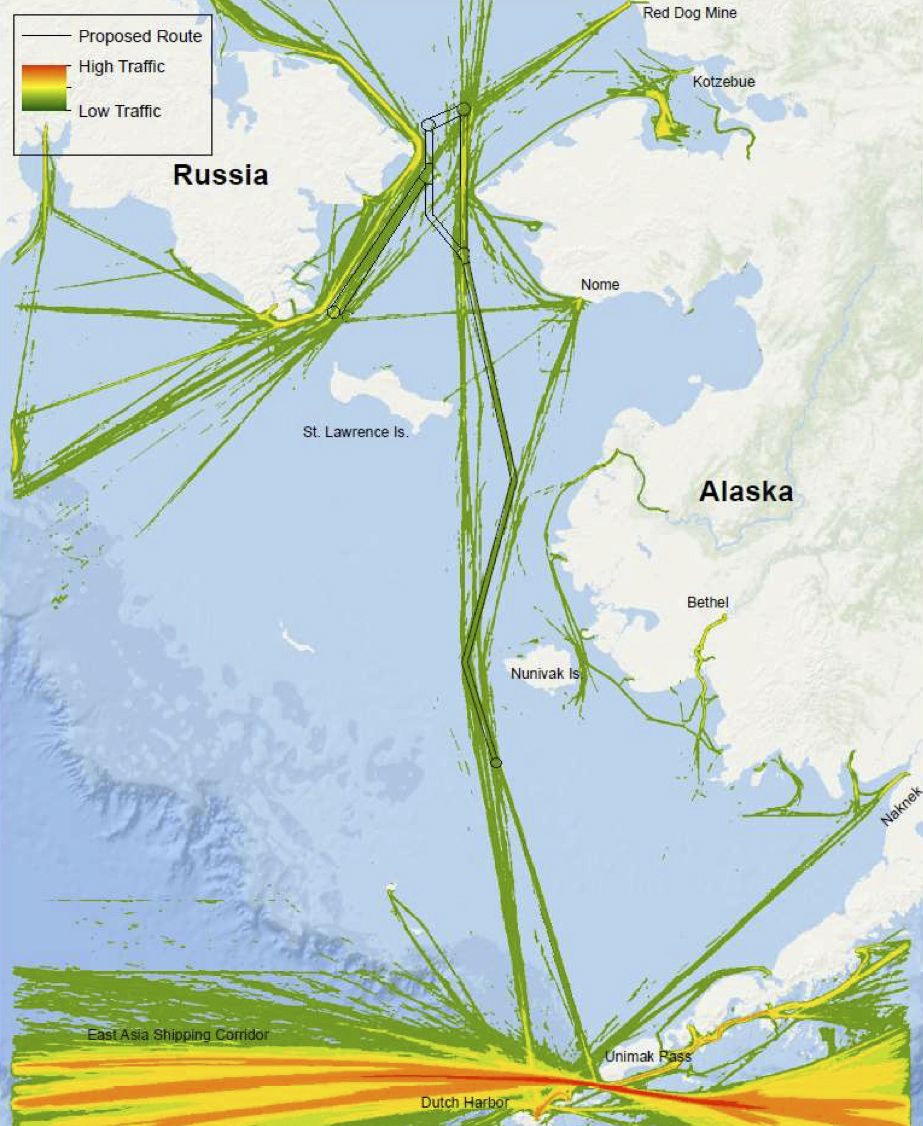Joint Russia-US proposal calls for Bering Strait shipping lanes
With shipping in the Arctic growing, so is traffic through the strait.

A joint U.S.-Russian proposal awaiting review by the International Maritime Organization would designate shipping lanes in the Bering Strait and the Bering Sea, where vessel traffic is increasing as Arctic ice retreats.
The proposal would set up six two-way routes and six precautionary areas to help mariners avoid dangers from shoals, reefs, islands and possible collisions with each other, according to the proposal presented to the IMO. The planned routes would also help protect the environment and the natural resources that the region’s indigenous people use to gather traditional foods, the proposal says.
There is a compelling need for such protections in the region, which is one of the world’s major access routes to the Arctic, the proposal says.
“The recent developments of economic activity in the Arctic will lead to an increased impact on the natural environment of the Arctic region. At the same time, potentially increased commercial shipping in the Arctic waters may represent a significant risk of contamination of the sensitive marine environment. Therefore, the establishment of new recommendatory two-way routes aims to reduce the potential negative impact on the environment of the Arctic and the risks of environmental accidents and disasters in consequence of marine casualties,” the proposal reads.
The lane designations would be voluntary and would apply to vessels of at least 400 gross tonnage.

The proposed route system was the product of several years of work by the U.S. Coast Guard and other agencies, said a statement released by the U.S. Department of Defense.
“Over the past decade, the U.S. and Russia have both observed a steady increase in Arctic shipping activity,” Mike Sollosi, the chief of the U.S. Coast Guard Navigation Standards Division, said in the Department of Defense statement.
The increase in traffic applies to both commercial and recreational vessels, Sollosi said in the statement.
The proposal was submitted by the two nations on Nov. 17. It is expected to be taken up by the IMO’s Sub-committee on Navigation, Communications and Search and Rescue. The proposal is on the agenda for the subcommittee’s Feb. 19-23 meeting. If approved at that level, it would be forwarded to the IMO’s full Marine Environmental Protection Committee. If approved there, it would advance toward approval by the full IMO.
The proposal does not include any plans for new aids to navigation.